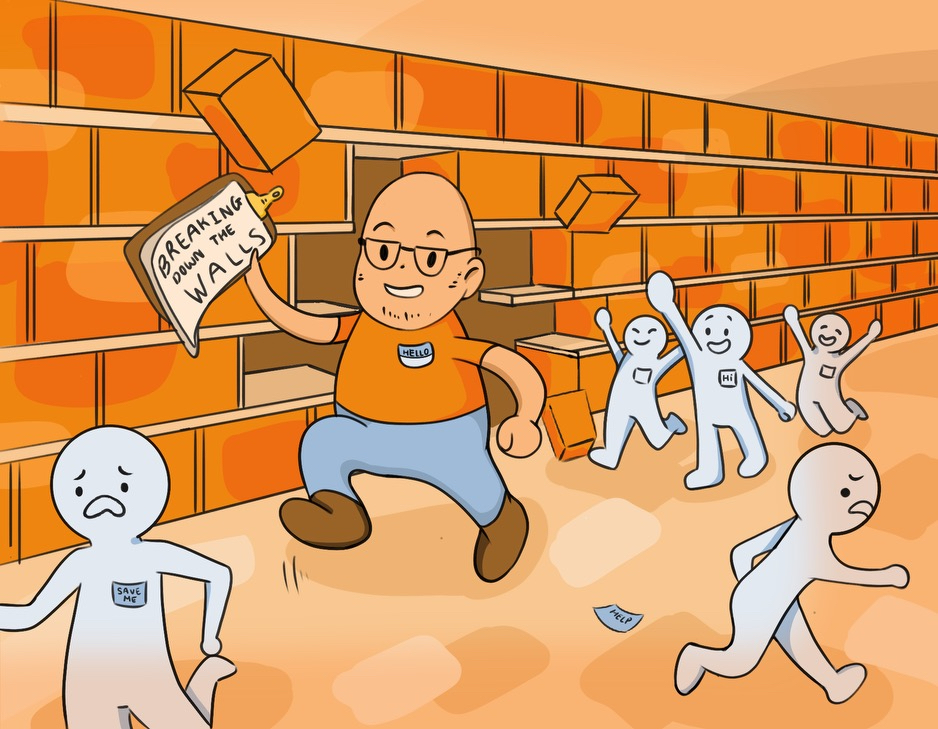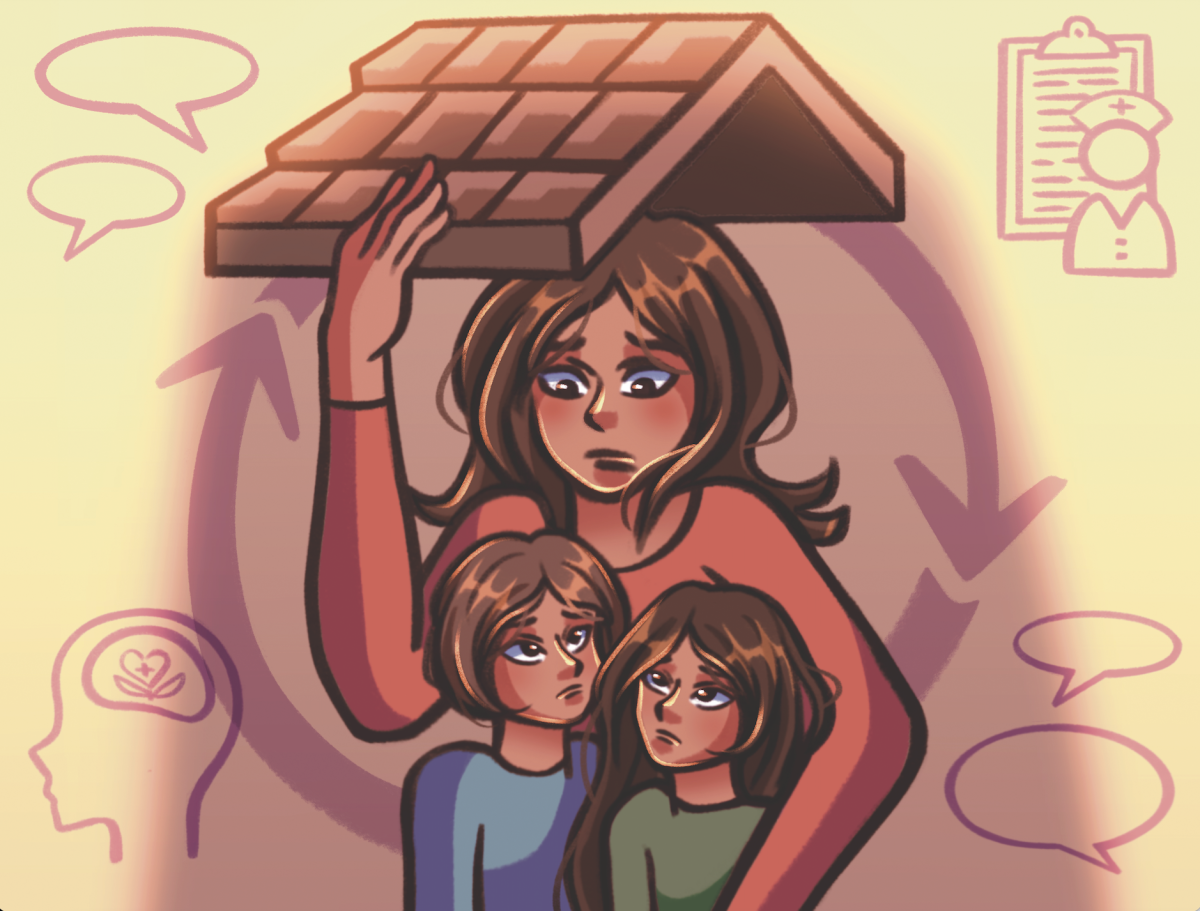Paly’s landscape has undergone drastic changes in the last few years. The historic Haymarket Theatre is now overshadowed by the new state-of-the-art Performing Arts Center (PAC). The Media Arts Center (MAC) boasts the latest technology and resources for Paly’s journalism program and the new gym, the Peery Family Center has opened after two years of development. However, there are some clear drawbacks to Paly’s perpetual state of construction. The equipment can be loud and disruptive to learning, machinery can delay students from getting to school and, in cases like the gym where a building had to be demolished before it could be rebuilt, it displaces a whole group of students.
The renovation of the library brings many of these same challenges along with it, but while projects like the gym mainly affected underclassmen and certain athletic teams, the absence of a library affects almost every student at Paly. And while the construction of the library is inevitable, The Campanile hopes that the school will take action to compensate for the loss of this essential resource.
One of the biggest issues is space. This year’s incoming class of freshman is the largest yet, at 555 students. And unlike previous construction sites, the library is positioned in the center of campus, protruding into high-traffic areas like the Math and History building. As a result of the increase in students and decrease in space, many already-congested areas of campus have become impenetrable. This traffic forces students to either map out alternate routes to their classroom, or brave the masses of students, both of which could make them late to class. Two areas in particular have been the biggest sources of traffic: the space in between the Math and History building and the 400s building, and the hall in between the library and the portables. Opening these pathways up just a few feet would be a minor change to the school and construction workers, but would be a huge relief to the nearly 2000 students who pass through those halls up to nine times each day.
Previously, the library was a unified space that contained books, computers, textbooks and study spaces. Now, all of these important resources are scattered in the Media Arts Center (MAC), P3 (a portable) and the Student Center. Someone who wants to use a textbook to complete their homework in a quiet and spacious study space needs to walk from the Student Center to the MAC. This proves to be inefficient for students and many opt to go home instead, when they should feel encouraged to use school-provided resources.
The Campanile thinks that the school could combat this problem by moving study-based resources to study-based areas, like the MAC, which would make it easier for students to grab a book and study.
Additionally, the tear-down of the library presents yet another issue: less study spaces. Although congestion due to traffic is definitely frustrating, it is especially exasperating that a large student body has very little space to work and study in. Although other buildings are allocated for study spaces, they are meager replacements for the spacious library.
The MAC, the most commonly-used study space, is often crowded and loud, with mingling prep, journalism and English students, creating an overwhelming and distracting environment. Although there are plenty of quiet study spaces on campus, they are often not publicized enough for students to know about them. Setting up a list of places to study in the MAC and having librarians direct students to these places would both alleviate the congestion in the MAC and encourage students, especially those prefer to work in quiet spaces, to get work done.
The MAC, the most commonly-used study space, is often crowded and loud, with mingling prep, journalism and English students, creating an overwhelming and distracting environment.
These spaces would include conference rooms and classrooms that are not in use during specific periods.
The construction of the new library presents improvements as well as challenges to all Paly students.
The Campanile understands that construction naturally comes with predicaments; however, with modification, Paly students will hopefully be less affected by this transition.






